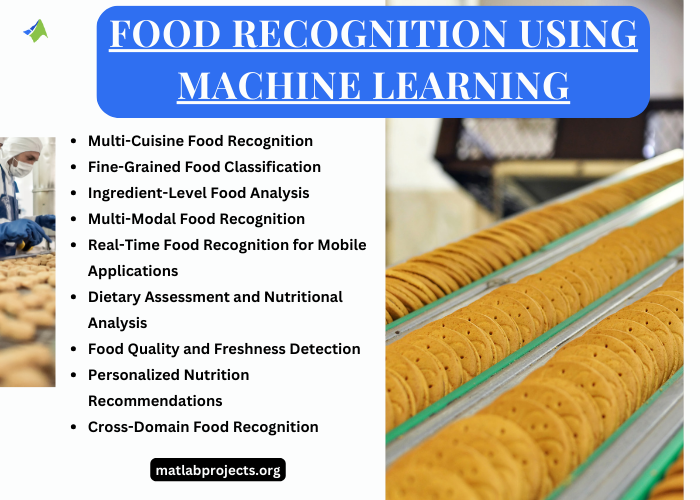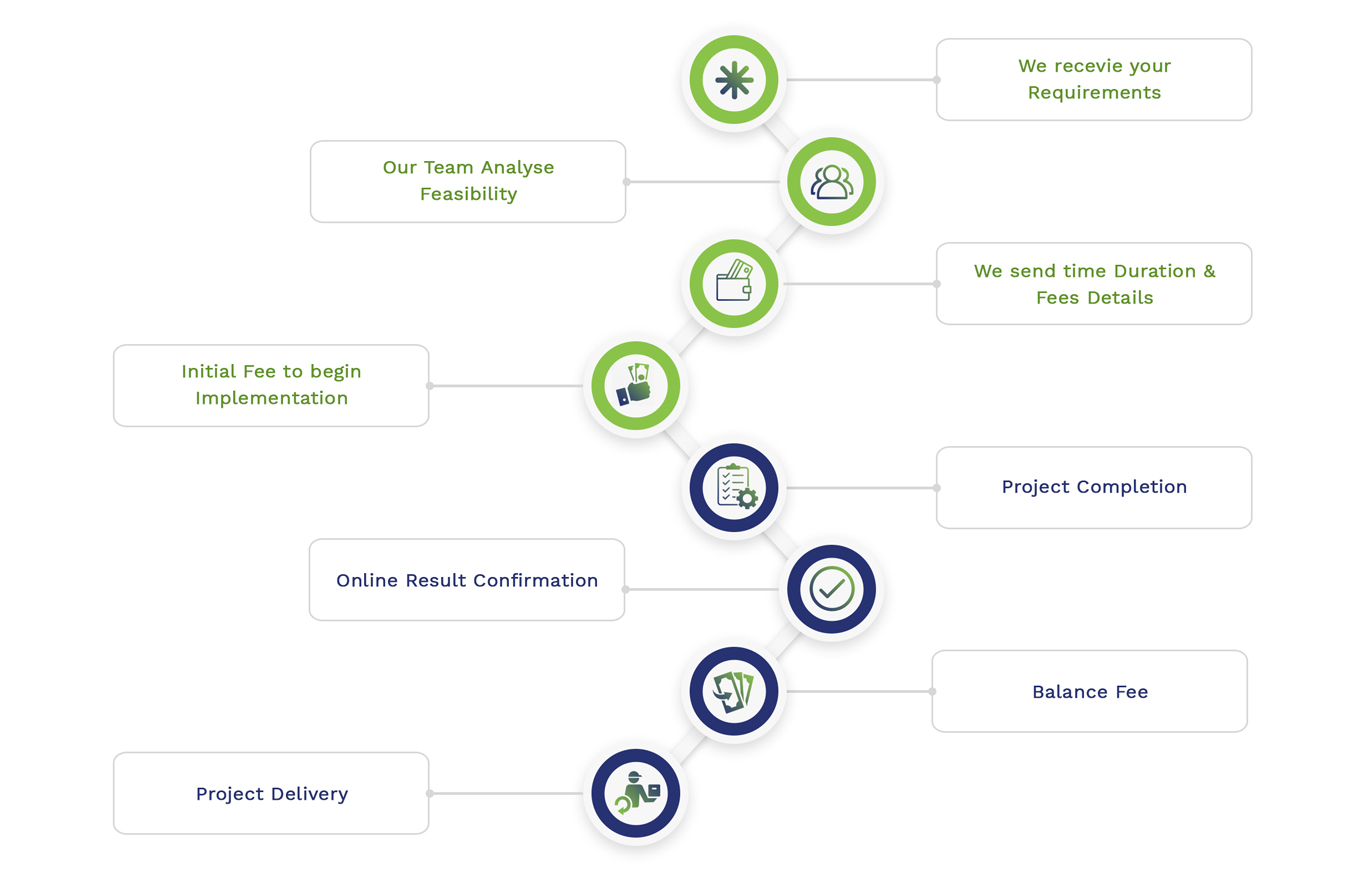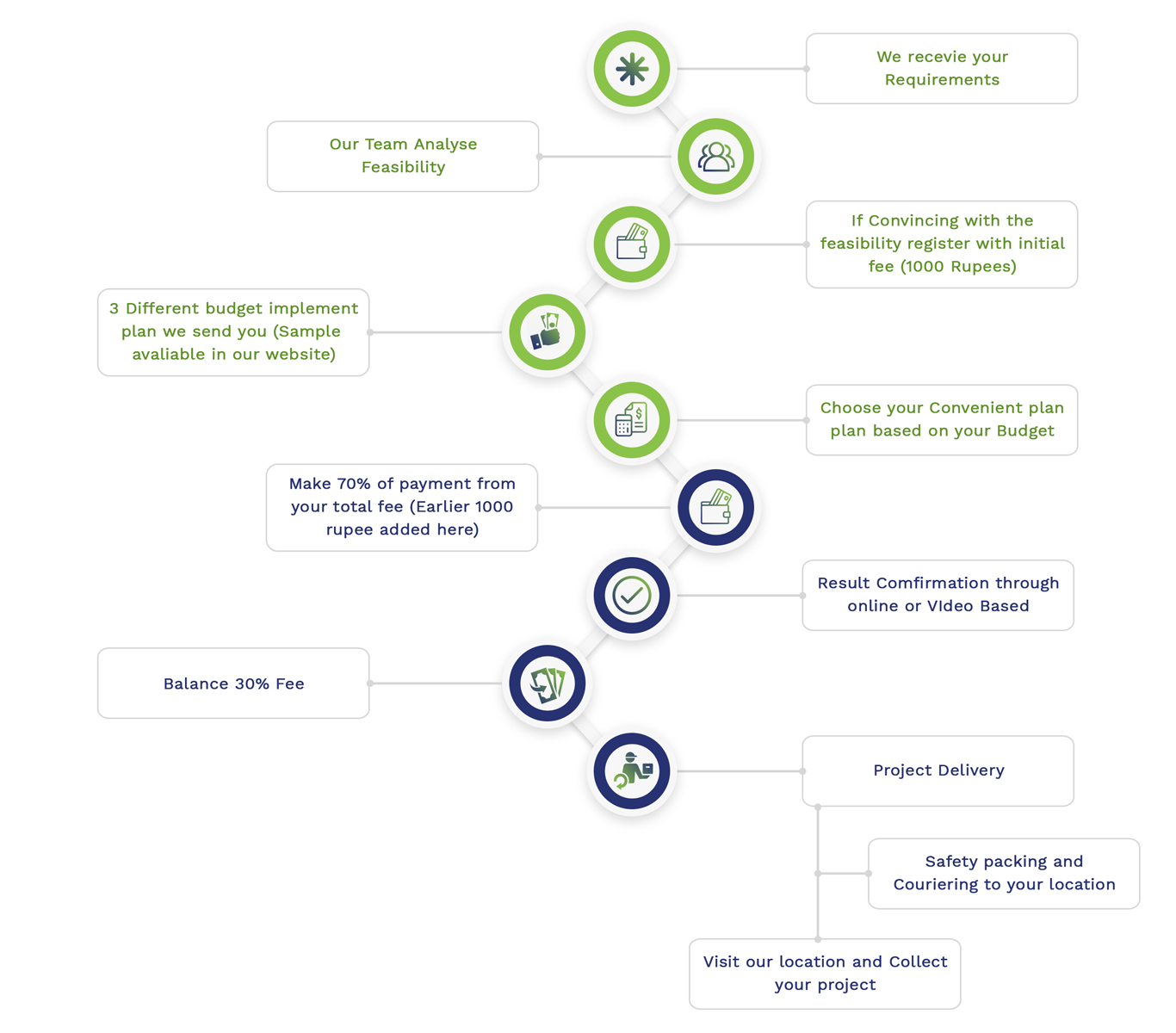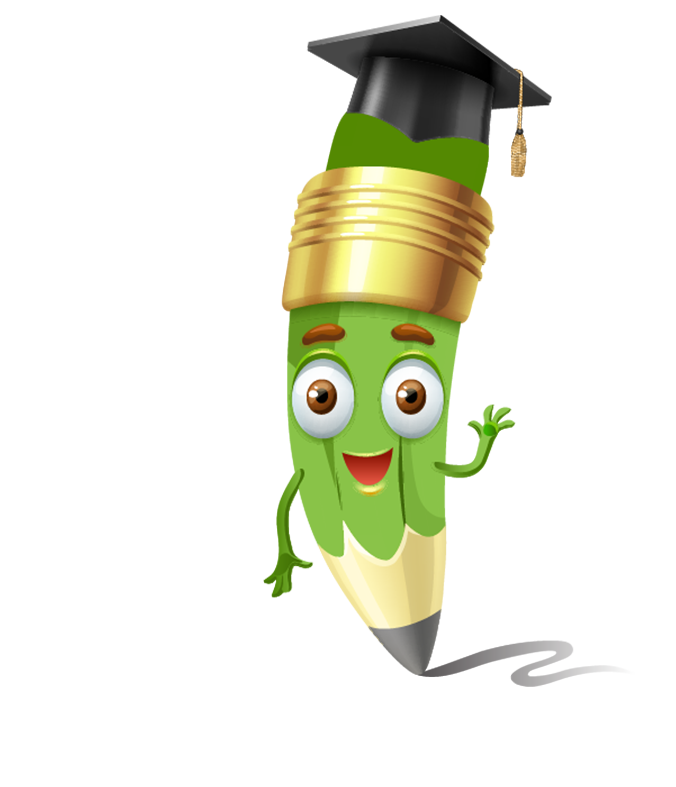In fields like restaurant suggestion, food labeling, dietary evaluation and nutrition tracking mechanisms, food recognition which implements machine learning demonstrates multiple chances for investigation and application creation. We provide a few interesting exploration strategies in this area:
- Fine-Grained Food Classification:
- To compare between differences of similar dishes or same-looking food products, research the finest food categorization methods which have this ability. In food demonstration, ingredients and look, create algorithms for analyzing refined variations.
- Multi-Cuisine Food Recognition:
- Detect dishes from several cuisines globally by creating a food analysis mechanism with this functionality. To develop an extensive food recognition framework, discover technologies for managing different food kinds, traditional differences and cooking formats.
- Ingredient-Level Food Analysis:
- For finding separate ingredients into difficult dishes, expand food analysis mechanisms to run ingredient-level observation. To offer thorough nutritional details and dietary knowledge, research techniques for ingredient separation, quantification, and recognition.
- Food Quality and Freshness Detection:
- By employing machine learning frameworks on food images, discover technologies for evaluating the cleanliness and standard of food. To assure food standard and security, construct methods which are able to identify the indications of contamination, decay and spoilage in food products.
- Multi-Modal Food Recognition:
- To optimize food analysis precision and powerfulness, integrate details from different modalities like nutritional data, text explanations and images. Combine corresponding detail sources in an efficient way by discovering multi-modal fusion approaches.
- Real-Time Food Recognition for Mobile Applications:
- Especially for deployment in mobile applications, create practical food analysis techniques. To permit rapid and flawless analysis of food products through smartphone cameras, improve framework precision, executional effectiveness and size.
- Dietary Assessment and Nutritional Analysis:
- According to food analysis techniques, develop techniques for automatic dietary evaluation and nutritional observation. For calculating dietary figures, macronutrient composition, caloric concept and portion sizes from food images, it is essential to construct robust methods.
- Food Recognition in Low-Resource Settings:
- For low-material platforms like areas with restricted access to computational materials or high-standard data, create the modified food recognition results. For resource-restricted platforms, discover applicable domain adjustment ideas, data augmentation methods and lightweight frameworks.
- Personalized Nutrition Recommendations:
- In terms of separate nutritional requirements, health goals and dietary suggestions, use food recognition techniques to offer preferred nutrition suggestions. To recommend healthy meal choices that are the profiles and priorities of users, construct suggestion mechanisms.
- Cross-Domain Food Recognition:
- To send insights from relevant areas like situation interpretation, object analysis to enhance food recognition efficacy, research domain adjustment methods and transfer learning. For changing pre-instructed frameworks to the food analysis process, discover efficient plans.
Food recognition algorithms & Dataset for Research:
Typically, there are different types of datasets and algorithms accessible for the food recognition process. We give a list of most significant and effective algorithms and datasets which can be implemented in food recognition research:
Food Recognition Algorithms:
- Convolutional Neural Networks (CNNs):
- To study hierarchical aspects from image data in a straight way, CNNs are broadly employed for food analysis because of their strength. For food categorization processes, structures such as MobileNet, ResNet and VGG have been adjusted and instructed.
- Transfer Learning:
- On extensive image datasets like ImageNet and well-tunes them on food-particular datasets for food analysis processes, transfer learning uses pre-trained CNN frameworks which are instructed. With the given labeled data, this method is efficient for work.
- Feature-based Methods:
- From food images like shape qualities, texture documents and color histograms, normal property-oriented techniques which retrieve handcrafted characteristics. Through methods such as k-nearest neighbors (KNN) and support vector machines (SVM), these aspects are now implemented for categorization.
- Deep Learning-based Object Detection:
- By treating food products as entities of passion in images, object identification models like SSD, YOLO and Faster R-CNN can be altered for food analysis. In a separate image, these methods can categorize and restrict different food products at the same time.
- Graph-based Models:
- For executing food analysis by designing communications among food elements, Graph Convolutional Networks (GCNs) can be utilized. Graph-centered frameworks present food products and their connections as graphs in which edges denote links among the food elements and nodes relevant to them like ingredients.
- Attention Mechanisms:
- Enhancing recognition efficacy by joining to detailed phases of the image to concentrate on related areas or aspects of food images with the help of attention systems like dimensional and channel-wise attention that can be attached within CNN structures.
- Multi-Modal Fusion:
- To enhance food analysis precision and powerfulness, multi-modal fusion methods integrate details through various modalities like nutritional data, text explanations and images. Attention-oriented fusion, late fusion and prior fusion can be involved in these fusion techniques.
Food Recognition Datasets:
- Food-101:
- For food analysis investigation and benchmarking, the Food-101 dataset is one of the most vastly utilized datasets. It consists of 101 food groups with 101, 000 images that are gathered from different online recipe websites.
- UEC Food-100:
- The UEC Food-100 dataset offers labeled images for validating and instructing food analysis frameworks. It contains 100 food groups with 10,000 images gathered from private blogs and recipe websites.
- ETHZ Food-101 Dataset:
- Specifically for well-grained categorization processes, the ETHZ Food-101 dataset is appropriate for instructing and assessing food analysis methods. It includes 101 food groups with 101,000 images gathered from the web.
- FIVR-200K Dataset:
- In food analysis, extraction and suggestion, the Food Image and Video Retrieval (FIVR) dataset offers a different collection of food images for investigation. It involves 200,000 food images that are gathered from social media environments.
- Food-101N:
- For creating it appropriate for powerful food analysis investigation, the Food-101N dataset contains images of food products recorded on various criteria, perspectives and factors. It is an expanded version of the Food-101 dataset with extra images and explanations.
- iFood Challenge Dataset:
- The iFood Challenge dataset is applicable for extensive food recognition investigation and benchmarking and was published in the context of a Kaggle competition. It consists of more than 1.5 million food images dispersed throughout 251 food classifications.

Food Recognition Using Machine Learning Research Topics
Our team excels at completing term papers on Food Recognition Using Machine Learning, strictly following your protocols. We ensure that each paper is not only well-written but also contains captivating and innovative topics with the perfect keywords. Rest assured; our research methodology covers all aspects of Food Recognition Using Machine Learning.
- IoT and Machine Learning Based Food Recognition System
- Image-based Thai Food Recognition and Calorie Estimation using Machine Learning Techniques
- The Quality Detection and Recognition for Food Seasoning Based on an Artificial Olfactory System
- A Review of Image-Based Food Recognition and Volume Estimation Artificial Intelligence Systems
- Food Nutrient Extraction Based on Image Recognition and Entity Extraction
- A Comparison of Several Approaches for Image Recognition used in Food Recommendation System
- Food Detection and Recognition Using Deep Learning – A Review
- Leftovers Food Recognition using Deep Neural Network and Regression Approach for Objective Visual Analysis Estimation
- Iterative Approach for Novel Entity Recognition of Foods in Social Media Messages
- Thai Food Recognition Using Convolutional Neural Network with Dropout Technique
- Explainable Artificial Intelligence in Oriental Food Recognition using Convolutional Neural Network
- Food Detection and Recognition with Deep Learning: A Comparative Study
- Deep learning in food category recognition
- African foods for deep learning-based food recognition systems dataset
- A modified time adaptive self-organizing map with stochastic gradient descent optimizer for automated food recognition system
- Deep Learning for Food Image Recognition and Nutrition Analysis Towards Chronic Diseases Monitoring: A Systematic Review
- Automated detection and recognition system for chewable food items using advanced deep learning models
- Automatic Food Recognition Using Deep Convolutional Neural Networks with Self-attention Mechanism
- Indigenous Food Recognition Model Based on Various Convolutional Neural Network Architectures for Gastronomic Tourism Business Analytics
- Food Recognition and Calorie Measurement Using Machine Learning
Subscribe Our Youtube Channel
You can Watch all Subjects Matlab & Simulink latest Innovative Project Results
Our services
We want to support Uncompromise Matlab service for all your Requirements Our Reseachers and Technical team keep update the technology for all subjects ,We assure We Meet out Your Needs.
Our Services
- Matlab Research Paper Help
- Matlab assignment help
- Matlab Project Help
- Matlab Homework Help
- Simulink assignment help
- Simulink Project Help
- Simulink Homework Help
- Matlab Research Paper Help
- NS3 Research Paper Help
- Omnet++ Research Paper Help
Our Benefits
- Customised Matlab Assignments
- Global Assignment Knowledge
- Best Assignment Writers
- Certified Matlab Trainers
- Experienced Matlab Developers
- Over 400k+ Satisfied Students
- Ontime support
- Best Price Guarantee
- Plagiarism Free Work
- Correct Citations
Expert Matlab services just 1-click

Delivery Materials
Unlimited support we offer you
For better understanding purpose we provide following Materials for all Kind of Research & Assignment & Homework service.
 Programs
Programs Designs
Designs Simulations
Simulations Results
Results Graphs
Graphs Result snapshot
Result snapshot Video Tutorial
Video Tutorial Instructions Profile
Instructions Profile  Sofware Install Guide
Sofware Install Guide Execution Guidance
Execution Guidance  Explanations
Explanations Implement Plan
Implement Plan
Matlab Projects
Matlab projects innovators has laid our steps in all dimension related to math works.Our concern support matlab projects for more than 10 years.Many Research scholars are benefited by our matlab projects service.We are trusted institution who supplies matlab projects for many universities and colleges.
Reasons to choose Matlab Projects .org???
Our Service are widely utilized by Research centers.More than 5000+ Projects & Thesis has been provided by us to Students & Research Scholars. All current mathworks software versions are being updated by us.
Our concern has provided the required solution for all the above mention technical problems required by clients with best Customer Support.
- Novel Idea
- Ontime Delivery
- Best Prices
- Unique Work
Simulation Projects Workflow

Embedded Projects Workflow



 Matlab
Matlab Simulink
Simulink NS3
NS3 OMNET++
OMNET++ COOJA
COOJA CONTIKI OS
CONTIKI OS NS2
NS2






